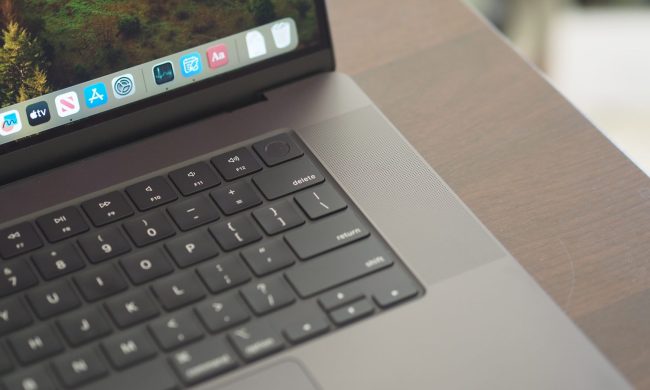Apple is reportedly working on bringing FaceID to its Mac computers, according to code found in MacOS Big Sur.
FaceID, Apple’s facial-recognition system that is currently found on some iPhone and iPad models, may soon arrive to Mac computers, according to 9to5Mac. A new extension on the MacOS Big Sur beta 3 for developers contains references to PearlCamera, which is Apple’s internal code name for Face ID and the TrueDepth camera that enables the security feature.
Also, 9to5Mac discovered codes such as FaceDetect and BioCapture, similar to the ones used for the iOS, within the extension, which was found to be built specifically for MacOS and not a remnant of Apple’s Catalyst technology. The implementation, however, is said to still be in the early stages, so it remains unclear when Apple will roll out a Mac computer with a TrueDepth camera to work with FaceID.
Digital Trends has reached out to Apple to confirm that FaceID is coming to Mac computers, and we will update this article as soon as we hear back.
MacOS Big Sur coming soon
MacOS Big Sur, which was announced at this year’s Worldwide Developers Conference, is the latest version of Apple’s operating system for its desktop and laptop computers. Its best features include an all-new design, easier on-screen controls, an upgraded Safari browser, and an updated Messages app.
The public beta of MacOS Big Sur is expected to roll out within the month to participants of the Apple Beta Software Program. The operating system is set to be officially released this fall.


